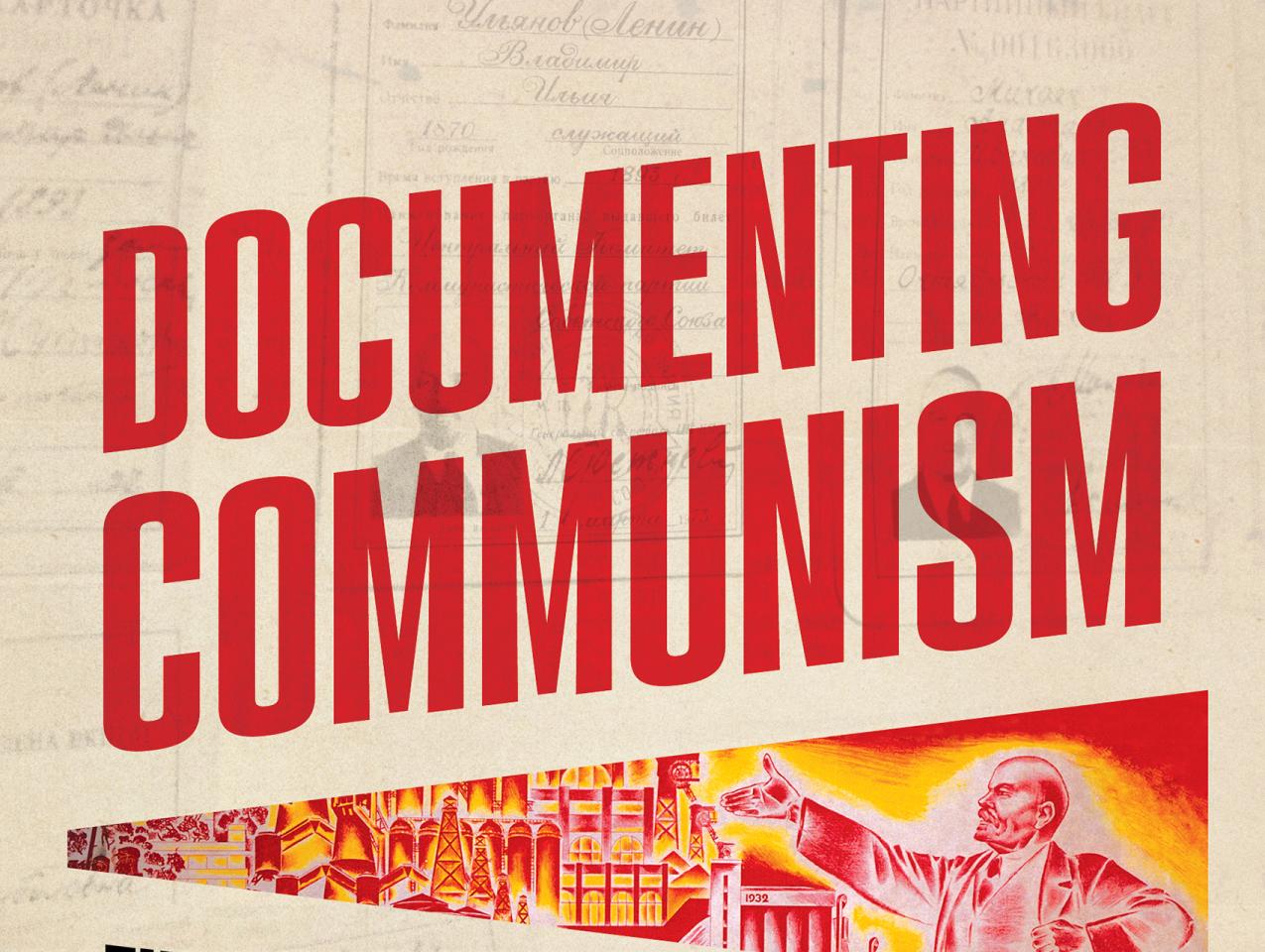- History
- World
- Revitalizing History
Book Publication date: June 1, 2024
In late 1991, the Soviet Union was officially dissolved. Over the next 12 years, the Hoover Institution microfilmed and published the newly opened records of the Soviet Communist Party and the Soviet State. Among the 10 million pages were records of the central organs of the Communist Party; the NKVD, which regulated the ordinary lives of the Russian people; the GULAG, the secret police department that ran the forced labor camps; and the 1992 trial of the Communist Party.
Charles Palm, who led this mission, details how he and his colleagues secured a historic agreement with the Russian Federation, then launched and successfully carried out the joint project with the Russian State Archives and their partner, Chadwyck-Healey Ltd. The success of the project hinged on managing logistics among the three partners across three continents, facing down critics in Russia and elsewhere, and navigating the unstable political terrain that prevailed in Russia during the 1990s. The Hoover Institution’s decisive action during a brief window of opportunity preserved on microfilm and provided worldwide access to the records of Soviet Communism and helped bring to account one of the most consequential ideologies of the 20th century.

















